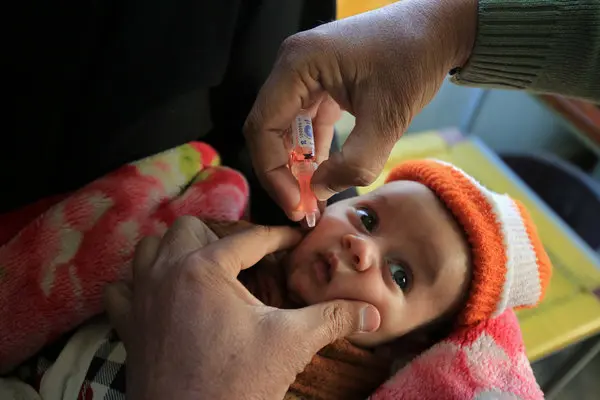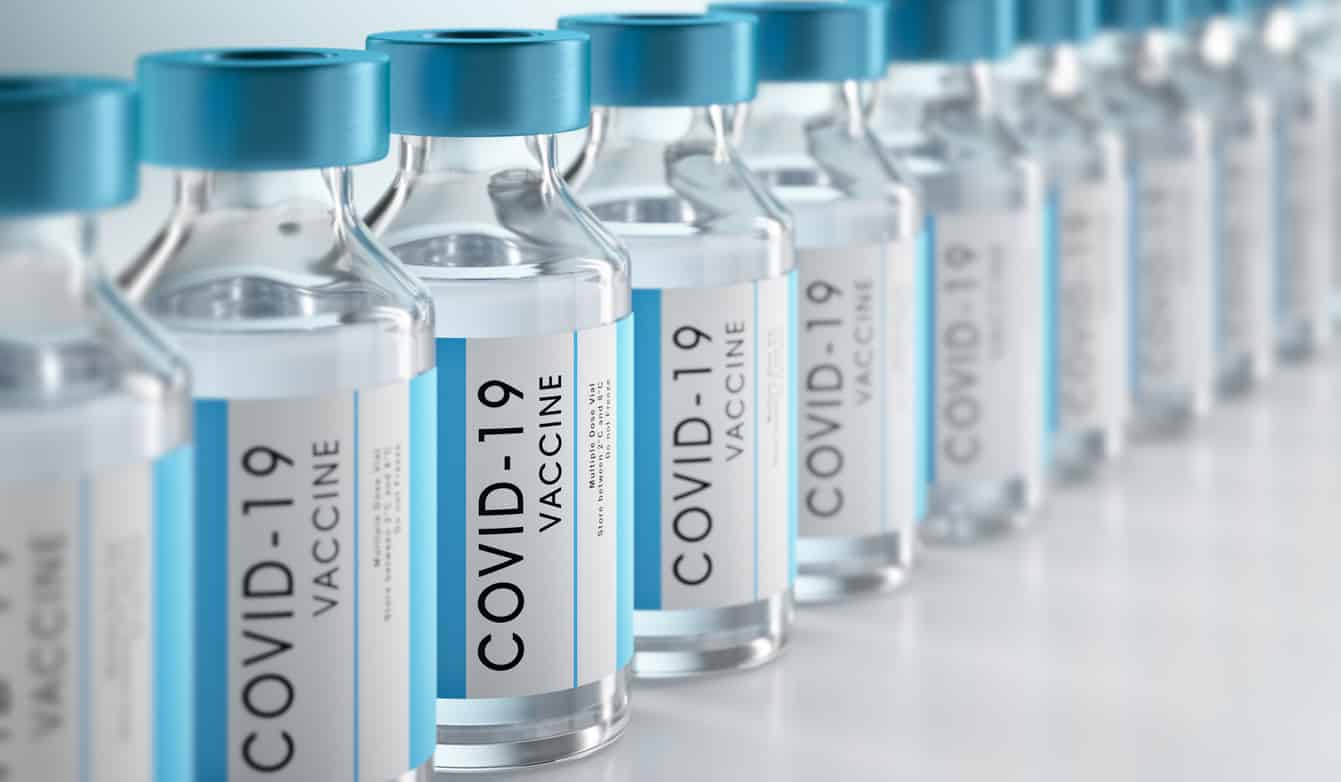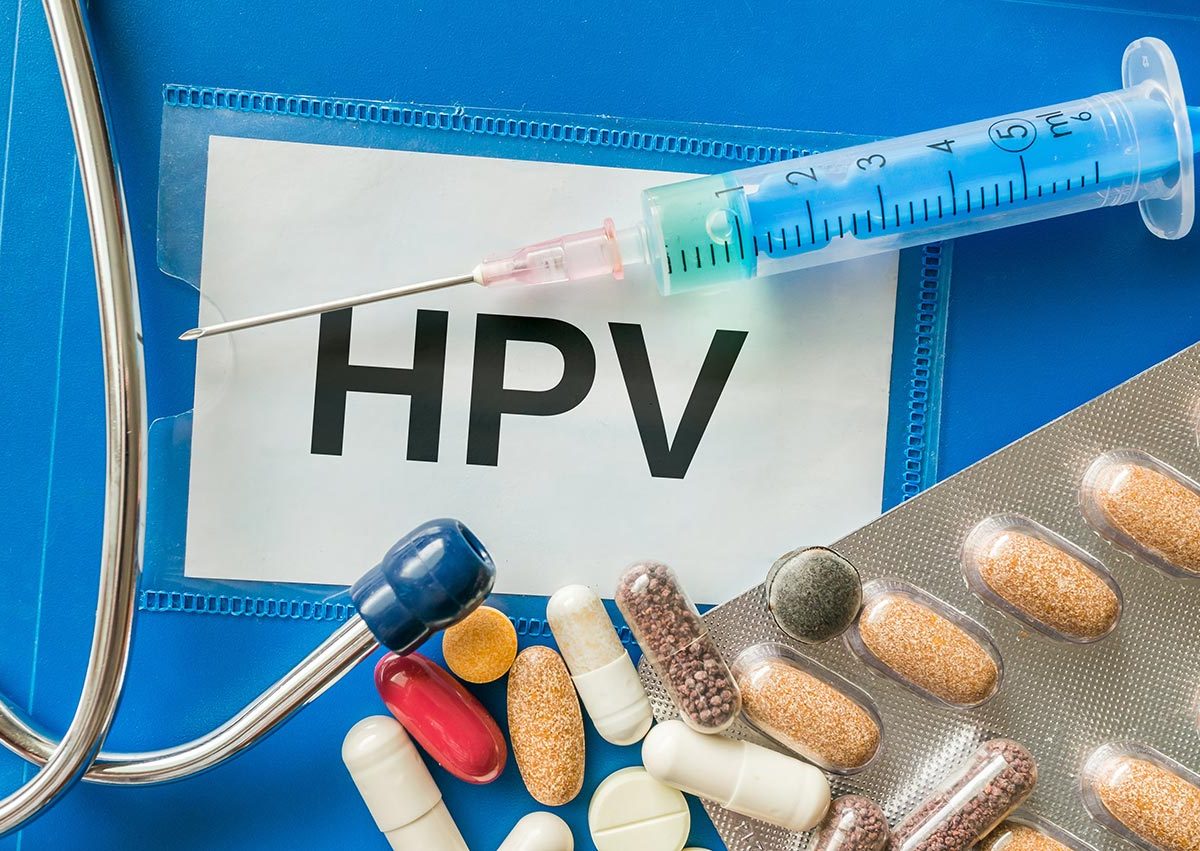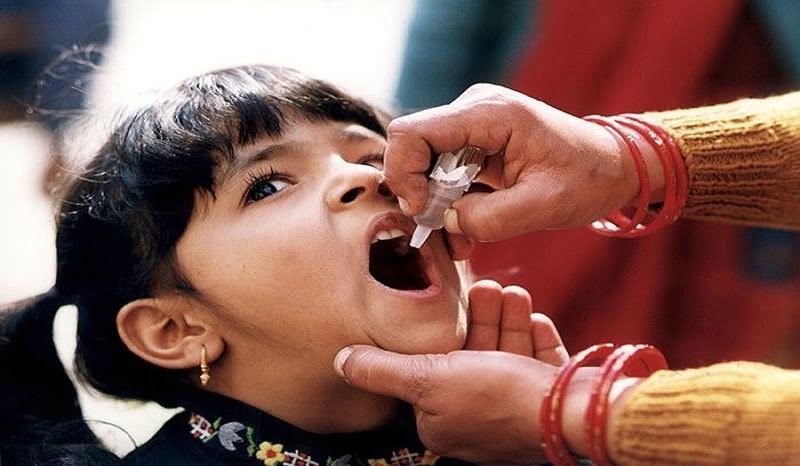Covid-19 Pandemic Winds Down Vaccination in 3 Decades drastically leading to a strained health system: WHO confirms

WHO and UNICEF have shown distress as the new data shows global vaccination coverage has continued to decline in 2021. This has resulted in 26 million infants missing out on the vaccines.
WHO and UNICEF have recently published data that showcases the decline in childhood vaccinations. This has been recorded for the first time in thirty years.

Reports show that the proportion of children who received three doses of vaccines against diphtheria, tetanus, and pertussis-the three basic immunization coverage across the world records a downfall of 5 percent from 2019 to 81% in 2021.
The downfall in the vaccine numbers has resulted in severe consequences, as 25 million children missed out on the doses of the life-saving drug through regular immunization services in 2021 alone. The data obtained in 2021 is over 2 million more than those who missed out in 2020 and 6 million more than those who received the vaccines in 2019. This reflects the growing number of children at risk from the threatening yet preventable disease.
The decline in the vaccine number was attributed to many factors. This may be accompanied by the increase in the population in fragile areas where vaccination access could be challenging; increased misinformation in regards to Covid-19 could be another factor. Other issues include disruption in the supply chain and services, unequal distribution of resources to those in need, and containment measures that have limited the immunization measures.
Catherine Russell has expressed her concern about this devastating issue. She stated that this could be a red alert for child health. The world is experiencing the most significant drop in childhood immunization in a generation. The consequences would be measured in terms of loss of lives.
The decline in the vaccination measures during the last year could be attributed to the Covid-19 disruptions and lockdown. However, the decline has continued over the years and can not be blamed solemnly on the Covid-19 pandemic.
The health industry has to meet up with the deficit million of immunization, or the country will have to witness severe outbreaks, more sick children, and more pressure to draw health systems.
Statistics have pointed out that 18 out of 25 million children did not receive a single dose of DTP during the year. The vast majority of low-income and middle-income countries, including countries like India, Nigeria, the Philippines, and Ethiopia, have recorded the most significant numbers. Myanmar and Mozambique are the countries that have the most significant number of children who did not receive a single dose of the vaccine between the years 2019 and 2021.
The remarkable dose of vaccine achieved in 2019 to fight against the HPV virus has been lost globally. This has put a question mark on the health status of women and girls as global coverage against the first dose of HPV is 15%, even though the vaccine was introduced fifteen years ago.
People predicted that 2021 would be a year of recovery during which the nearly collapsed immunization programs would be able to recover, and the children who have missed the doses in 2020 would be covered up. Instead, the status showed that the DTP coverage was winded down to its lowest level since 2008. This is followed by the most inadequate coverage for the other basic life-saving vaccines. The inadequacy to meet the required number of dosages has resulted in the world being unable to meet the global targets, including the immunization indicator for sustainable development goals.
The decline in the vaccination rates is happening to the rapidly increasing cases of severe malnutrition. A nutritionally deficient child has weakened immunity, and missing out on vaccines can prove to be life-threatening as common illnesses can be susceptible to them. The increasing case of shortage of food and acute deficiency of nutrients with a growing immunization delay threatens the overall health of a child.
WHO Director has said that prevention of covid-19 and planning to provide immunization of children should go hand-in-hand. Both the criteria are compulsory for the creation of conditions required for the survival of a child.
Apart from Indonesia, Ethiopia, and the Philippines, vaccine coverage decreased in East Asia, and the Pacific region recorded a 9% point in two years.
Some countries were able to cope with the drop in vaccination numbers. Let’s take the case of Uganda. The government tried to maintain a high level of coverage for routine vaccination programs. However, they introduced a targeted vaccination program to provide immunity to the priority population, including the health workers. At the same time, Pakistan was able to meet the vaccine coverage provided during the pre-pandemic period. All this is acknowledged to the government for their efforts in catching up with the vaccine to cover up the population.
A tremendous number of efforts are required to reach the universal level of coverage and to prevent outbreaks. Not meeting the vaccination doses could have a devastating epidemic, as visualized in the case of polio and measles in the past 12 months.
Data obtained so far indicate that the first dose of measles coverage dropped to 81% in 2021. This accounts for the lowest level since 2008. The statistic interprets that 24.7 million children will miss their first measles dose in 2021. In addition, 14.7 million children did not receive the required second dose.
The same trends have been observed in the case of HPV and polio– The most life-threatening disease of all time.

The hold on vaccine coverage would have a detrimental impact on the world. This halt in the supply of vaccines will undo the progress that the world has achieved over the years. The authority accountable should address the covid-19 related shortages but also overcome the vaccination-related challenges to ensure that every child and infant receives an adequate dose of medicines.
How is WHO and UNICEF helping to overcome the shortage of vaccination program?
WHO and UNICEF have already collaborated with Gavi, the vaccine alliance, and other partners to accomplish the Global Immunization Agenda 2030. The propaganda aims to set goals and achieve the prevention of diseases through immunization and delivering the vaccines to everyone, everywhere, at every age.

The priority of the alliance is to help the country to create, restore and maintain the immunization programs, followed by the execution of Covid-19 vaccination plans.
It is heartbreaking to see the death of children because of the shortage of vaccines to cope with life-threatening diseases.
Edited by Prakriti Arora




